Building an Agile Organizational Culture
Monday, November 18, 2019
By Shelli Herman, Shelli Herman & Associates
What organization in the world has not been going through sudden shifts from major, disruptive change? As I speak to my clients, everyone talks about how quickly things are shifting. Leaders with their eye on the ball always seem to worry about their organization's ability to keep up! The two questions I hear most frequently are:
1. Are we changing as fast as the world around us?
2. Is our culture enabling us to be agile or is it slowing us down?
In agile cultures, there is a growth mindset of constant learning, trust, and permission to take risks in order to learn from these decisions, rather than a fixed mindset that creates a myopic focus on what has made the company successful in the past. I see organizational agility as the capacity to be infinitely adaptable without having to change the culture to allow that. Agile organizations strive to develop a built-in capacity to shift, flex, and adjust as circumstances change, either alone or with alliance partners, and to do so as a matter of course. Being infinitely adaptable is the key here and there’s really only one way to do that: create the culture that has the inbuilt capacity for agility.
Amazon is a strong example of an agile organization. It has morphed from a web-based bookseller to an online retail platform to a digital media powerhouse; they are one of the single most successful companies in the world and are the epitome of agility. Further, this continual change has taken place in the absence of a performance crisis, demonstrating an ability to envision changes and adapt instead of the reverse. In my view, this separates the good from the great.
Internal barriers—the culture—prevent organizations from being agile. These barriers include hubris; complacency; resistance to change; poor decision-making; lack of alignment around strategies, vision, and values; risk-averse mindsets; siloed thinking; and turf wars. Most executives have a sense of what agility means for their organization’s future. However, there is still a big gap between awareness of the need for agility and taking concerted action to become truly agile over the long-term. Creating a culture of agility is possible and should be the first strategic priority of senior leadership because it is the culture that spawns an organization’s ability to adjust in any direction and execute any strategy. Adapting to change, while good, is not a winning strategy for long-term success if you only adjust as the need arises. To be most productive, innovative, and successful, companies need to be agile. And that is something you need to bake into the cultural DNA with purpose and focus. What do you think? Is agility central to your organization’s success?


